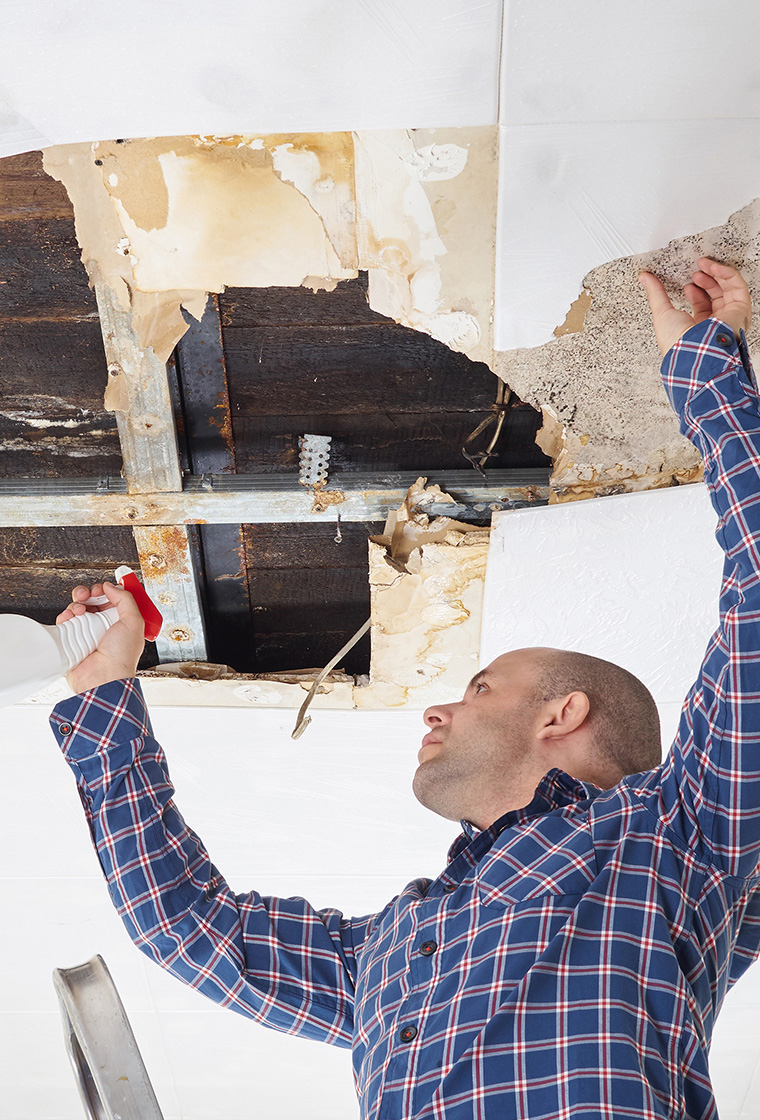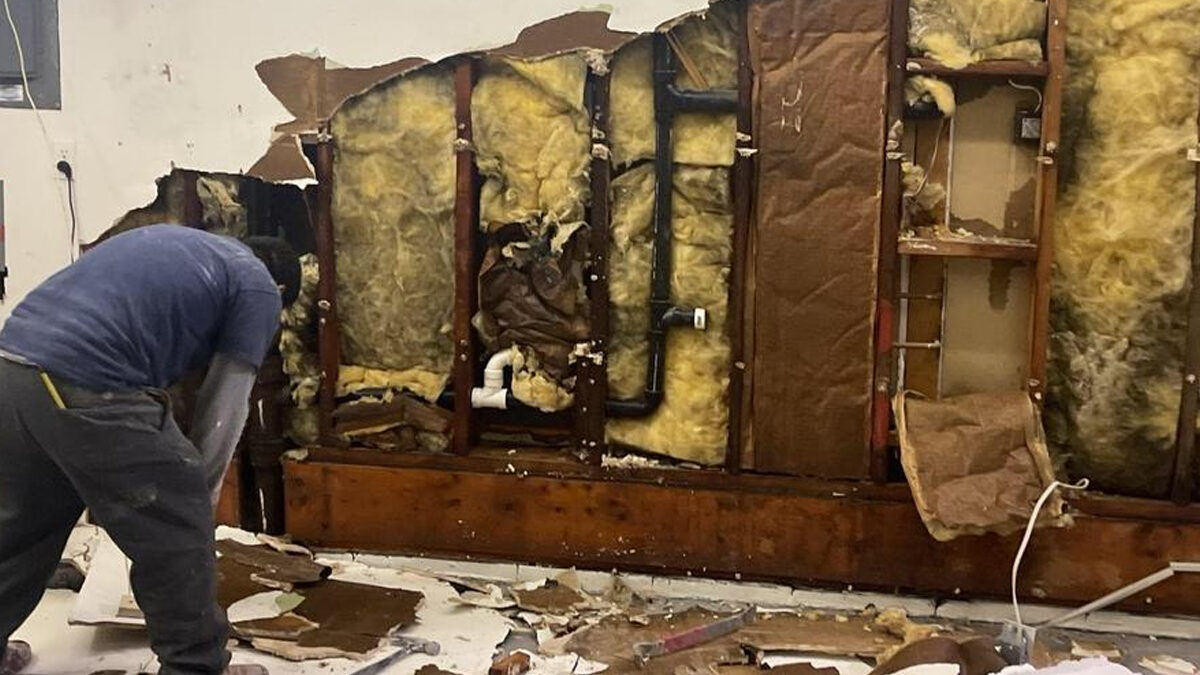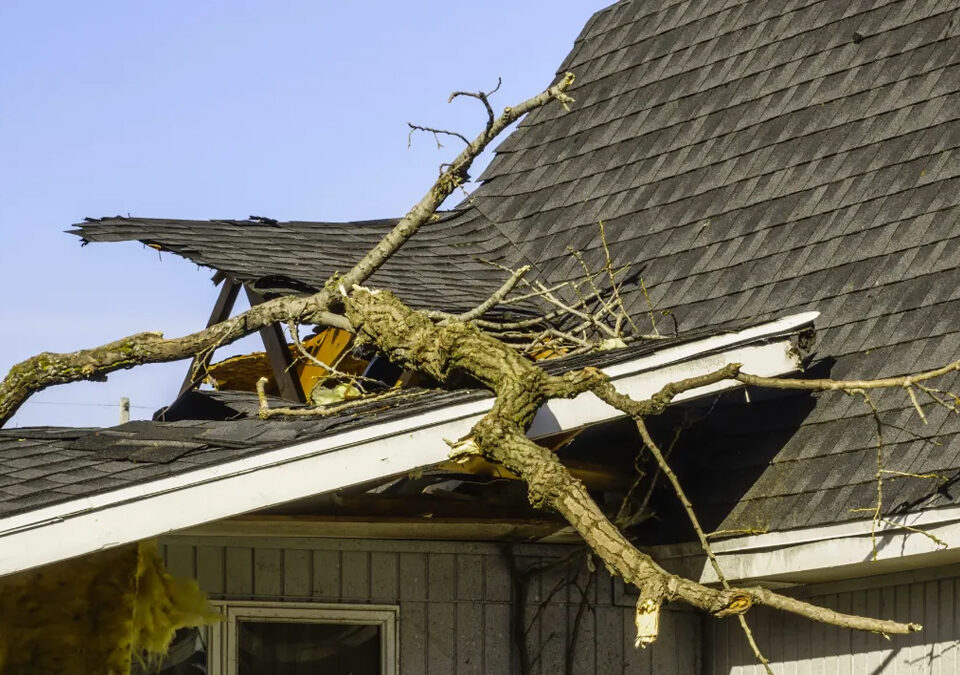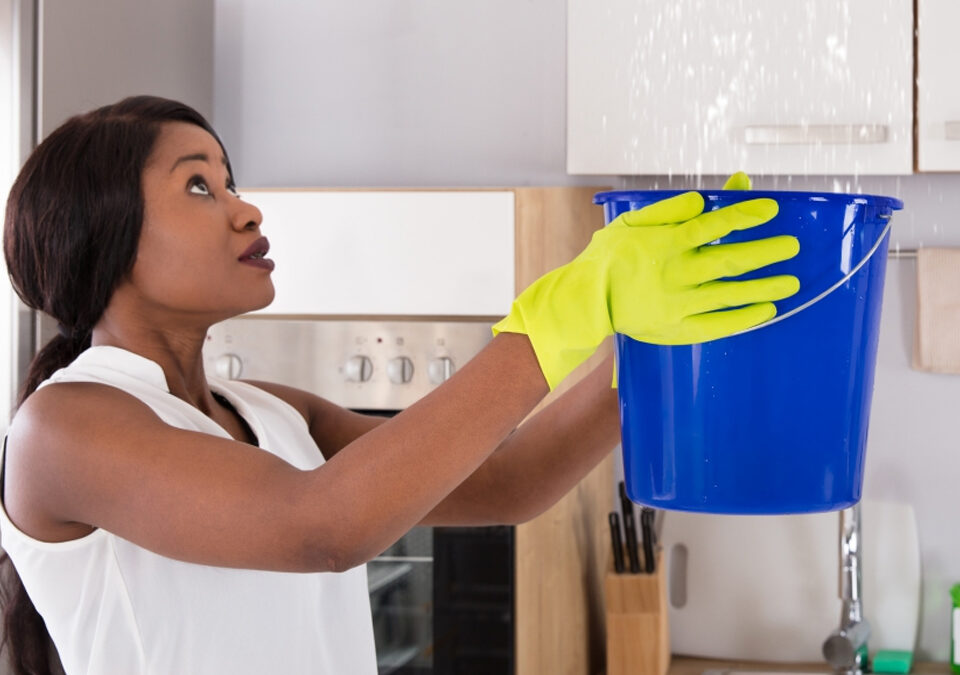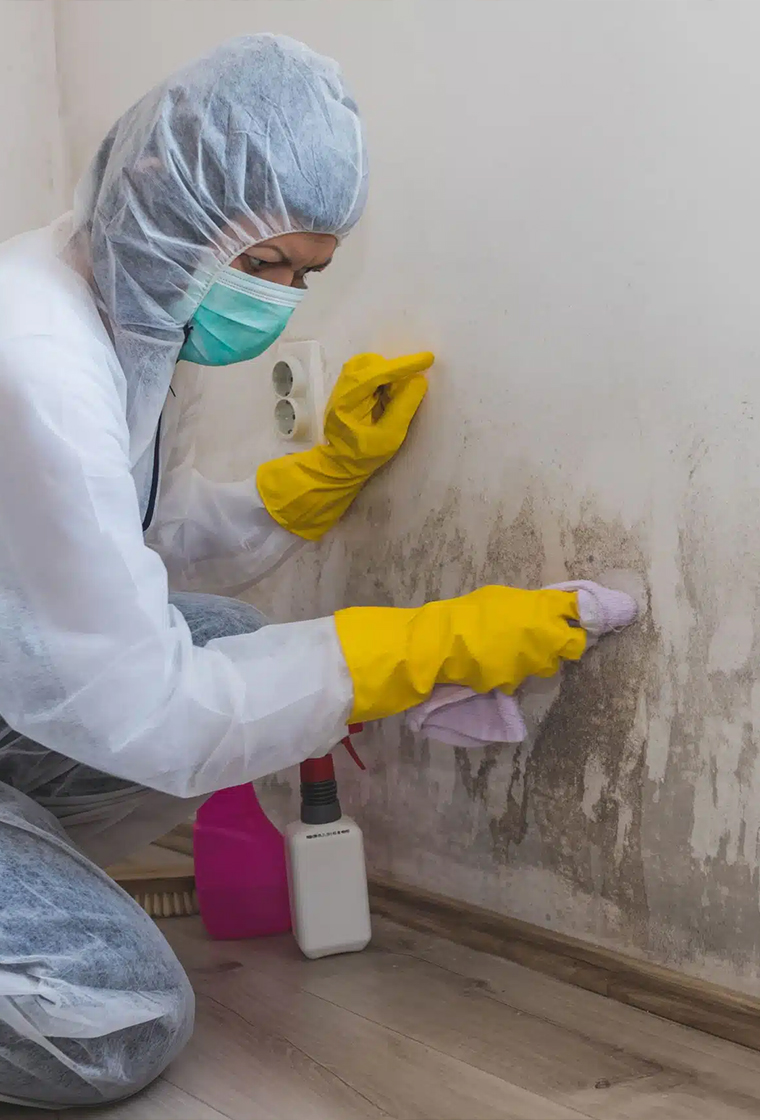
The Hidden Dangers of Water Damage: Why Fast Restoration Matters
Why Ignoring Water Damage Can Lead to Costly & Dangerous Consequences
Water damage isn’t just about wet floors and soggy carpets—it can cause serious long-term risks to your home, health, and finances. Many homeowners underestimate the true dangers of water damage, assuming it’s just a minor inconvenience. In reality, delayed restoration can lead to mold growth, structural failure, and even electrical hazards.
At Your Water Restoration Pros, we know the importance of fast action when it comes to water damage restoration. In this guide, we’ll break down the hidden dangers of water damage and why immediate professional restoration is crucial.
1. Mold Growth Can Start in as Little as 24 Hours
Water damage creates the perfect environment for mold and mildew.
Mold spores begin forming within 24-48 hours of water exposure.
Mold releases toxins that can cause respiratory issues, allergies, and long-term health problems.
Solution: Professional drying, dehumidification, and antimicrobial treatments are essential to stop mold before it spreads.
Think you have mold? Call us now for expert remediation!
2. Structural Damage Can Weaken Walls & Foundations
Water can seep into walls, floors, and ceilings, causing wood to rot and drywall to deteriorate.
Long-term exposure can lead to cracks in the foundation and sagging ceilings.
Weak structures can eventually collapse, making your home unsafe.
Solution: Quick water extraction and drying prevent long-term structural damage, saving you thousands in repairs.
3. Electrical Hazards Increase the Risk of Fires
Water can come into contact with wiring, outlets, and appliances, creating serious fire hazards.
Short circuits and electrical failures can occur if water-damaged areas are left untreated.
Attempting to use water-damaged electrical systems without inspection can lead to electrocution.
Solution: Always shut off power in affected areas and let a professional assess and restore electrical systems safely.
If water has entered your electrical system, contact us immediately!
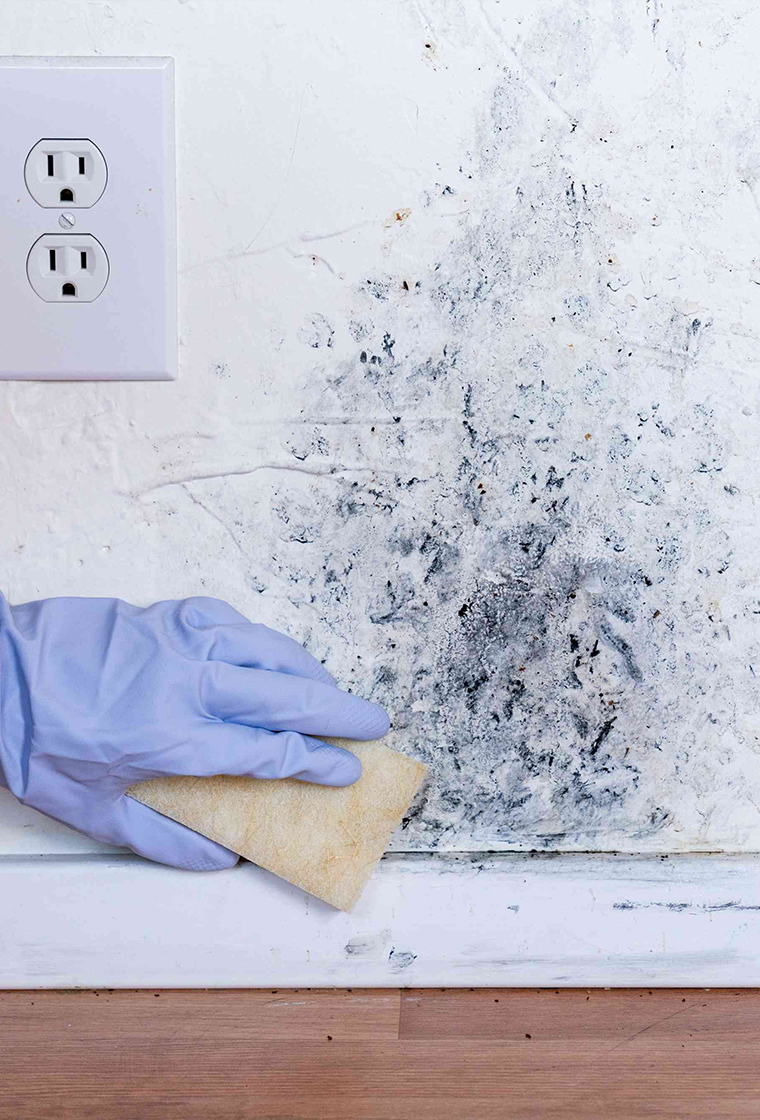
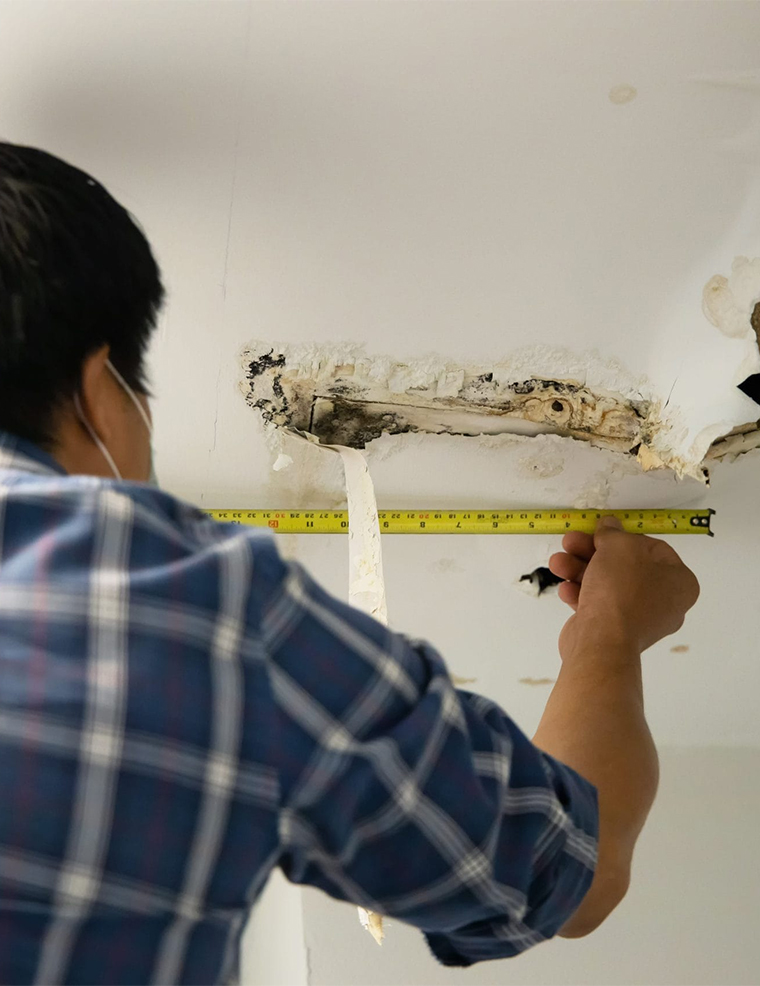
4. Water Damage Lowers Property Value
Homes with untreated water damage lose value due to visible damage, mold, and weakened structures.
Potential buyers are less likely to invest in a home with a history of water damage issues.
Insurance claims may be denied if restoration wasn’t handled properly.
Solution: Document damage and contact a professional immediately for restoration to preserve your home’s value.
5. Contaminated Water Can Pose Serious Health Risks
Sewage backups, floodwater, and stagnant water contain bacteria, viruses, and harmful pathogens.
Exposure to contaminated water can lead to illnesses, including infections and gastrointestinal diseases.
Even clean water sources can develop dangerous bacteria if left untreated.
Solution: Proper disinfection, sanitization, and water damage mitigation are necessary to eliminate health risks.
If you’re dealing with a sewage backup or contaminated floodwater, don’t wait—call us now!
6. Delayed Restoration Leads to Higher Repair Costs
The longer water sits, the more damage it causes.
Minor issues, like a small leak, can turn into major damage, requiring costly repairs or full replacements.
Insurance companies may deny claims if the damage isn’t addressed in a timely manner.
Solution: Immediate restoration minimizes damage and lowers overall repair costs.
Act fast—don’t let a minor leak turn into a major expense!
7. HVAC Systems Can Spread Mold & Contaminants
If water enters your HVAC system, it can spread mold spores throughout your home.
Damp air ducts become breeding grounds for bacteria and allergens.
This can affect indoor air quality, leading to breathing difficulties and allergies.
Solution: A full HVAC inspection and cleaning should be part of every water damage restoration plan.
Suspect mold in your HVAC system? Call us for a professional inspection today!
